Love them or hate them, school lunches provide students with a hot meal every school day.
Between Chartwells and Sodexo – two of the biggest names in Hong Kong’s school food catering industry – anywhere from 26,000 to nearly 40,000 meals are served per day to students. The two caterers are charged with working with more than 40 of the city’s schools – local and international, primary and secondary.
However, with this volume comes responsibility, both for ensuring that students are fed nutritious, sustainable meals and for minimising the food’s impact on the environment.
This was put under the magnifying glass in April, when the Sustainable School Food Summit – organised by food sustainability consultancy Grassroots Initiatives, The Alliance for Sustainable Schools, and Chinese International School students – highlighted sustainability challenges associated with school meals.
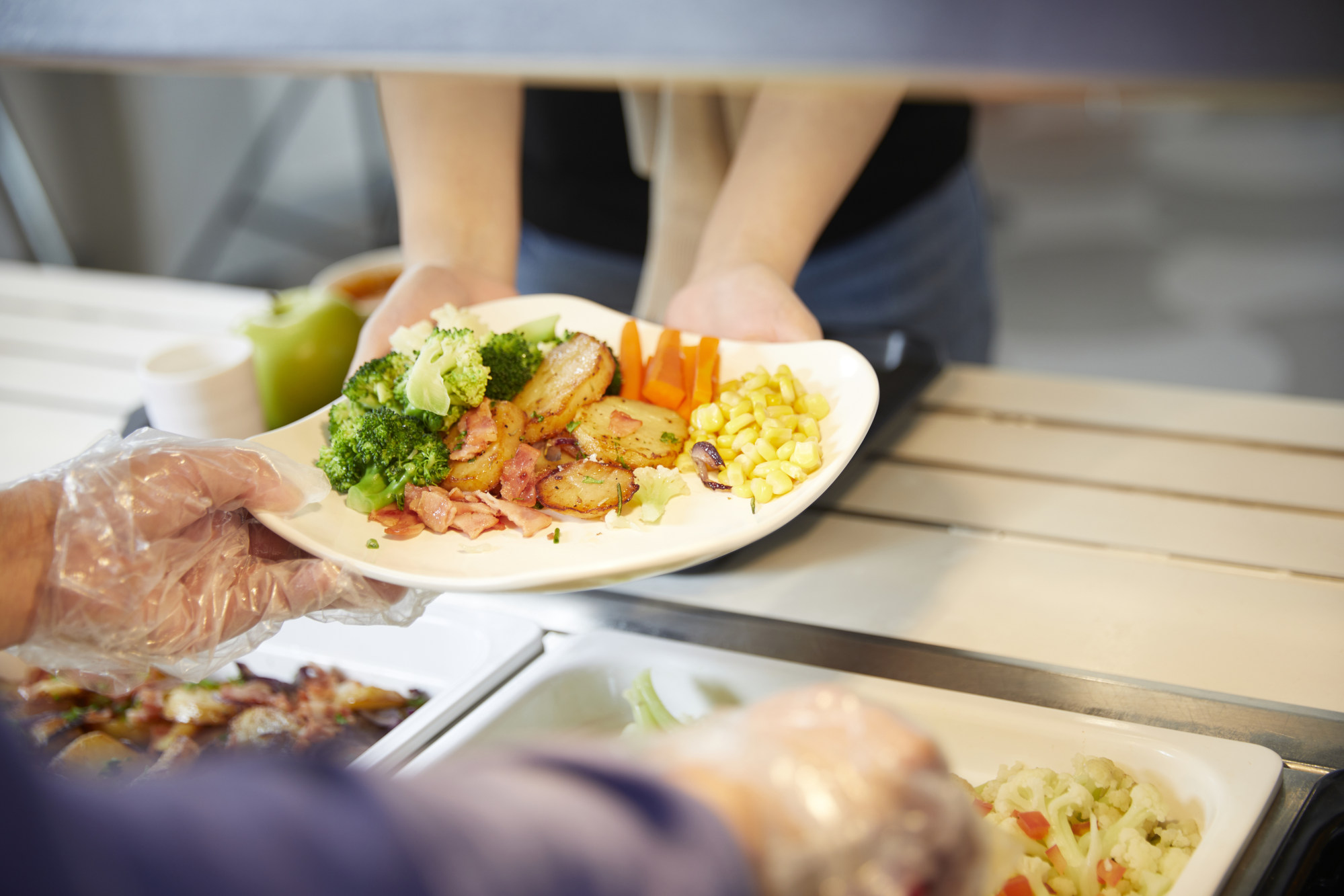
Its menu, according to Kin, is built around farming cycles, and uses ingredients procured from carbon-conscious sources. The provider aims to give students the ability to select their meal from a variety of options, and build up the habit of making healthy choices.
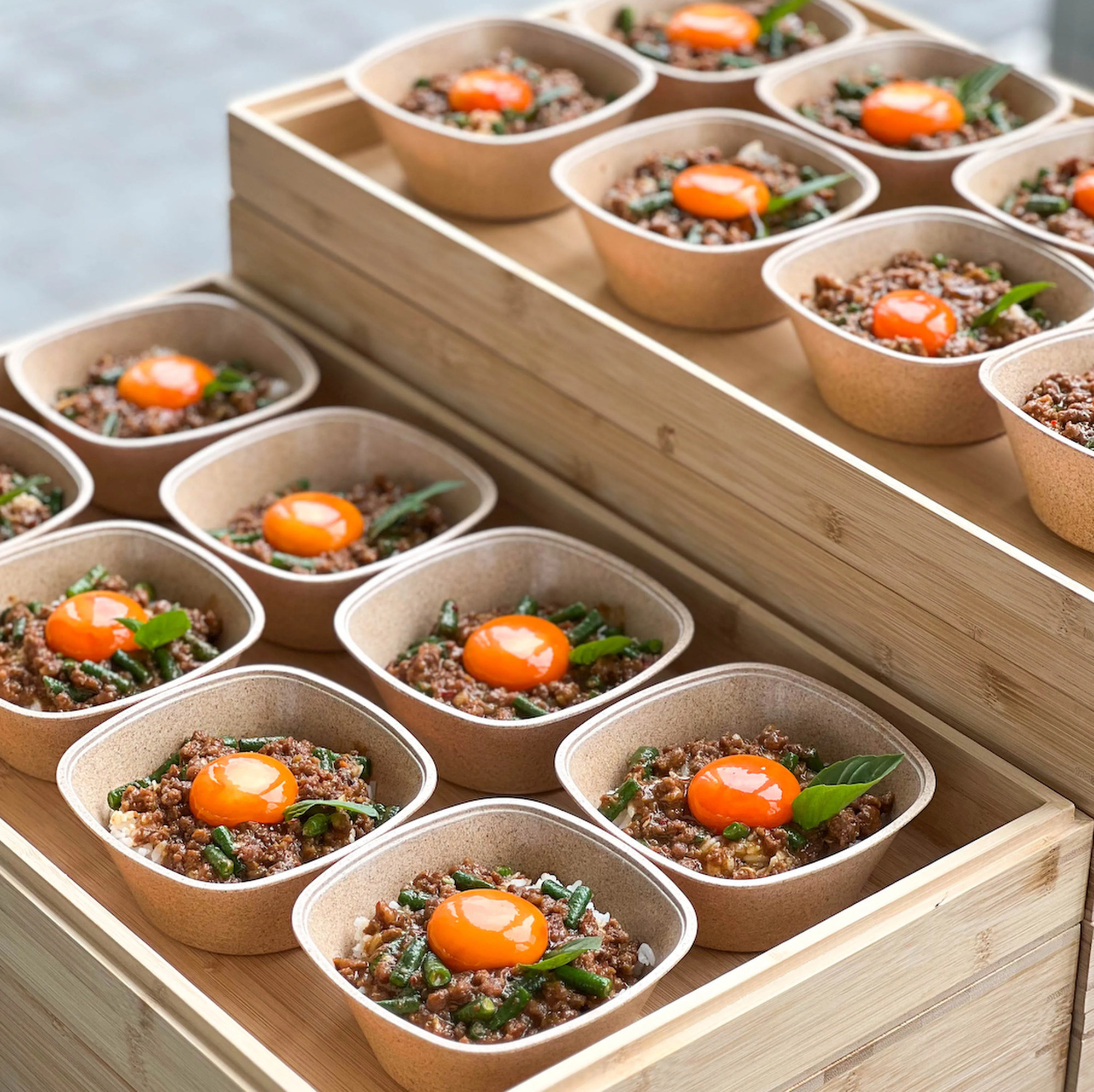
“Food is medicine,” Grassroots Initiatives founder Peggy Chan says. “Food is what heals, and food is what fuels us throughout the day. And if we feed children with empty calories, they’re not going to learn very well.”
‘It absolutely shapes what we do’: a food sustainability expert’s No 1 book
‘It absolutely shapes what we do’: a food sustainability expert’s No 1 book
However, sustainability is not so straightforward in the city, according to Adrian Copeland, general manager and territory director of Sodexo Hong Kong.
“Hong Kong is a bit of an anomaly because it’s never going to be self-sufficient,” Copeland says. “We have some great farms up in the north, but we have a very short growing season from November to April.”
As a result, 50 to 90 per cent of Sodexo’s ingredients are imported, depending on the season.
The bulk of the impact comes from choosing food that doesn’t contribute to deforestation and that does not rely on chemical fertilisers, pesticides, herbicides and GMOs
Chartwells tells a similar story, with 90 per cent of ingredients being imported, according to Gigi Lau, head of marketing and sustainability at Compass Group, under which the company operates.
“We try to minimise our carbon footprint by sourcing within the APAC region,” Lau says. “For example, vegetables come from China, chicken from Thailand and fish from Vietnam.”
But it is ultimately how the produce is grown – not how far it is flown – that will have the greatest impact on sustainability.
“Up to 80 per cent of carbon emissions occur at the farm,” Chan says. “Transportation accounts for less than 10 per cent of the entire food value chain. So the bulk of the impact comes from choosing food that doesn’t contribute to deforestation and that does not rely on chemical fertilisers, pesticides, herbicides and GMOs [genetically modified organisms].”
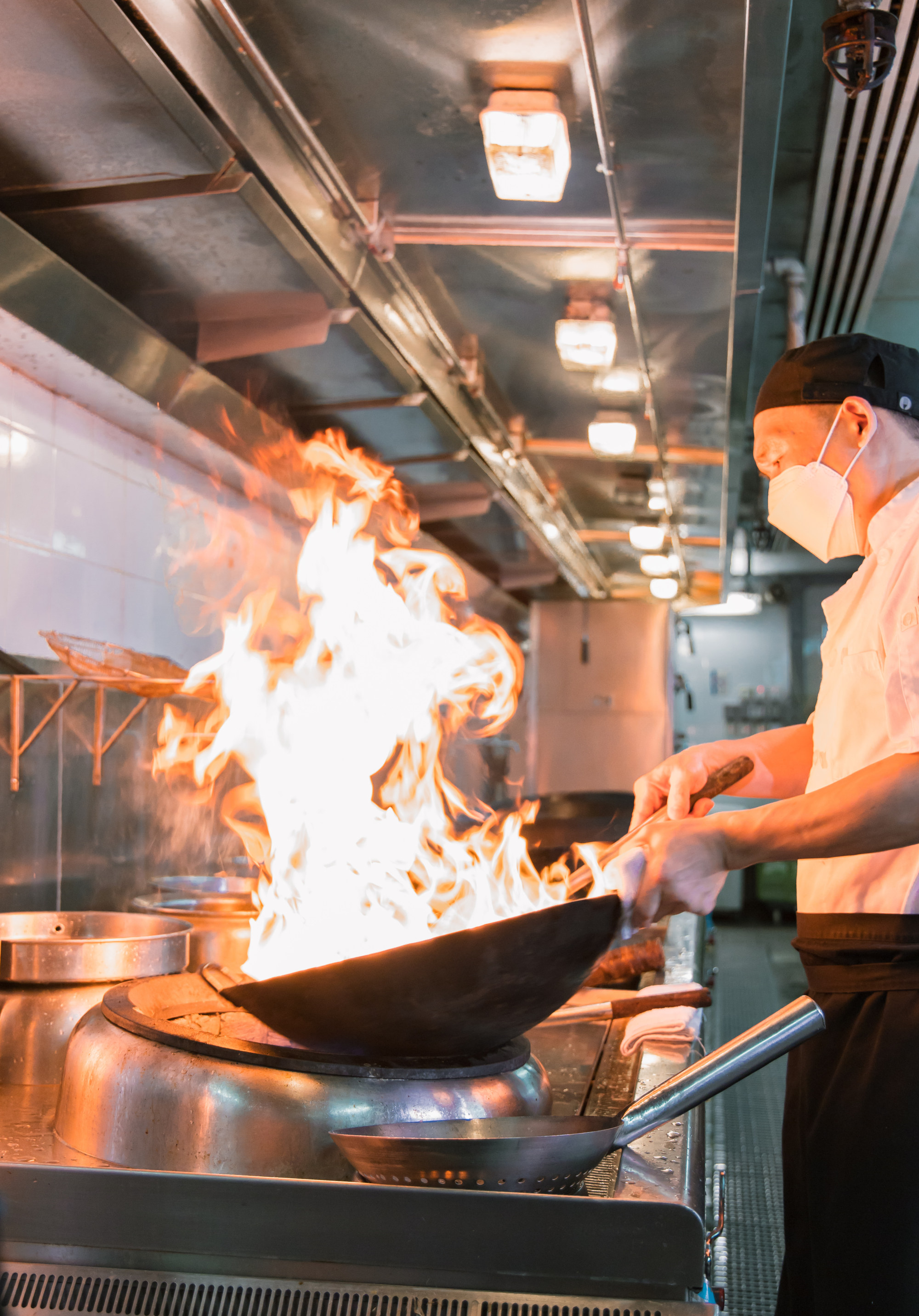
There is not much transparency between caterers and students about the sourcing and sustainability of their school lunches, says Matthew Lee, who attended Hong Kong International School (HKIS) – which Sodexo caters – for 10 years.
“As a regular student, I don’t hear anything about sustainability or nutrition in our food,” the 18-year-old says. “It’s not really something that Sodexo talks about, so I don’t think it’s so ingrained in our school culture that something has to be sustainably sourced.”
Lee, who graduated from HKIS in 2022, says the student population would benefit from more awareness about where their food comes from.
Greener approach to Hong Kong food waste required
Greener approach to Hong Kong food waste required
“Students are the next generation,” he adds. “If they grow up in a place that puts an emphasis on sustainable sourcing of food, they’ll keep that in the back of their heads and it’ll impact the decisions they make later on in life.”
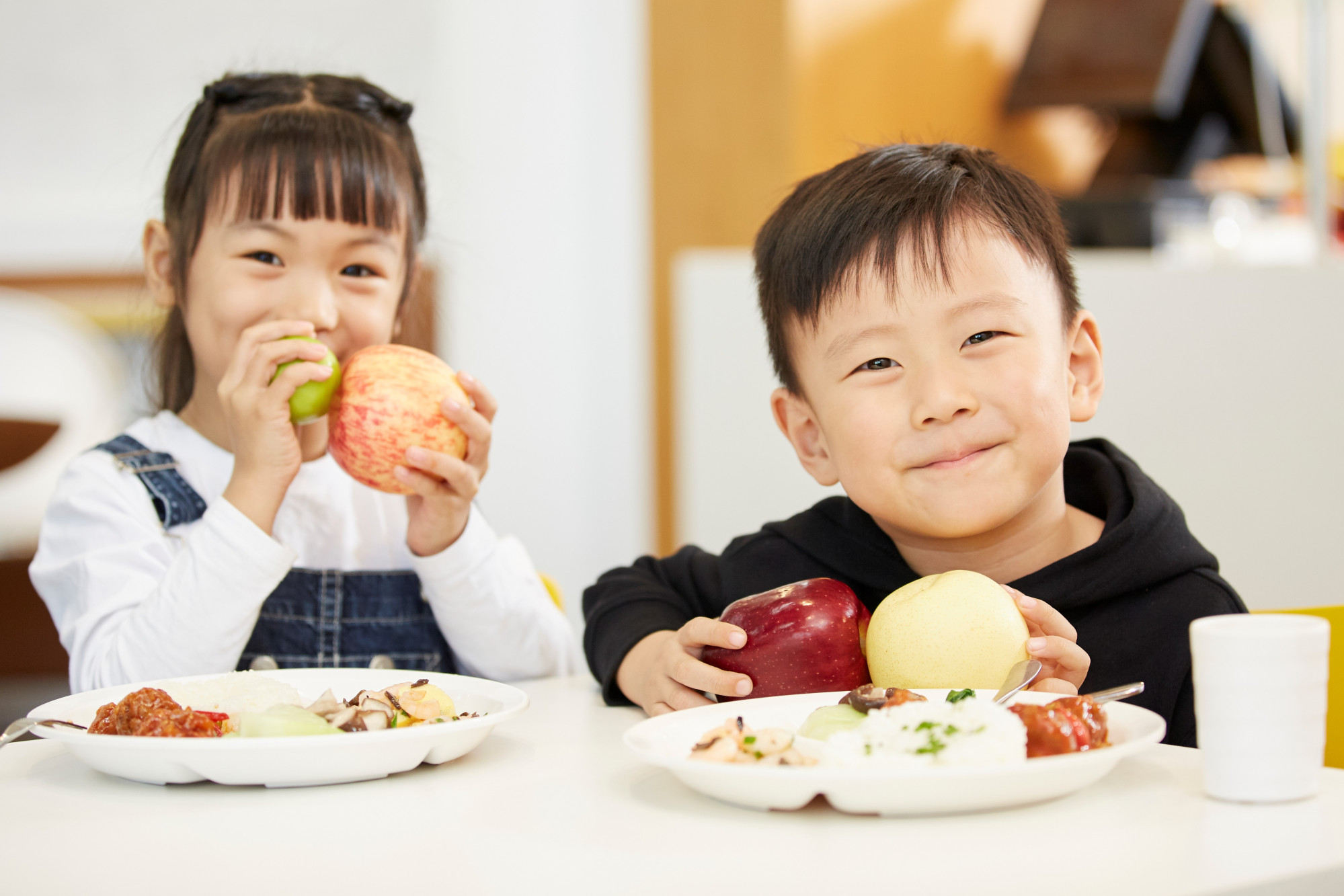
For now, animal protein still dominates the cafeteria.
“Pretty much every dish has meat,” Lee says. “There’ll be, like, one vegetarian option, but not many people go for it … I think people also feel like they want to eat protein, and they’re not aware of other sources [that aren’t animal based].”
However, Lee says he and other students appreciate the variety of options available and that it’s “very flexible for students to make healthy choices if they wanted to”.
‘Locally sourced ingredients’: what sustainability means for chef Alvin Leung
‘Locally sourced ingredients’: what sustainability means for chef Alvin Leung
At Sodexo-catered schools, lunch offerings are also tailored to student schedules.
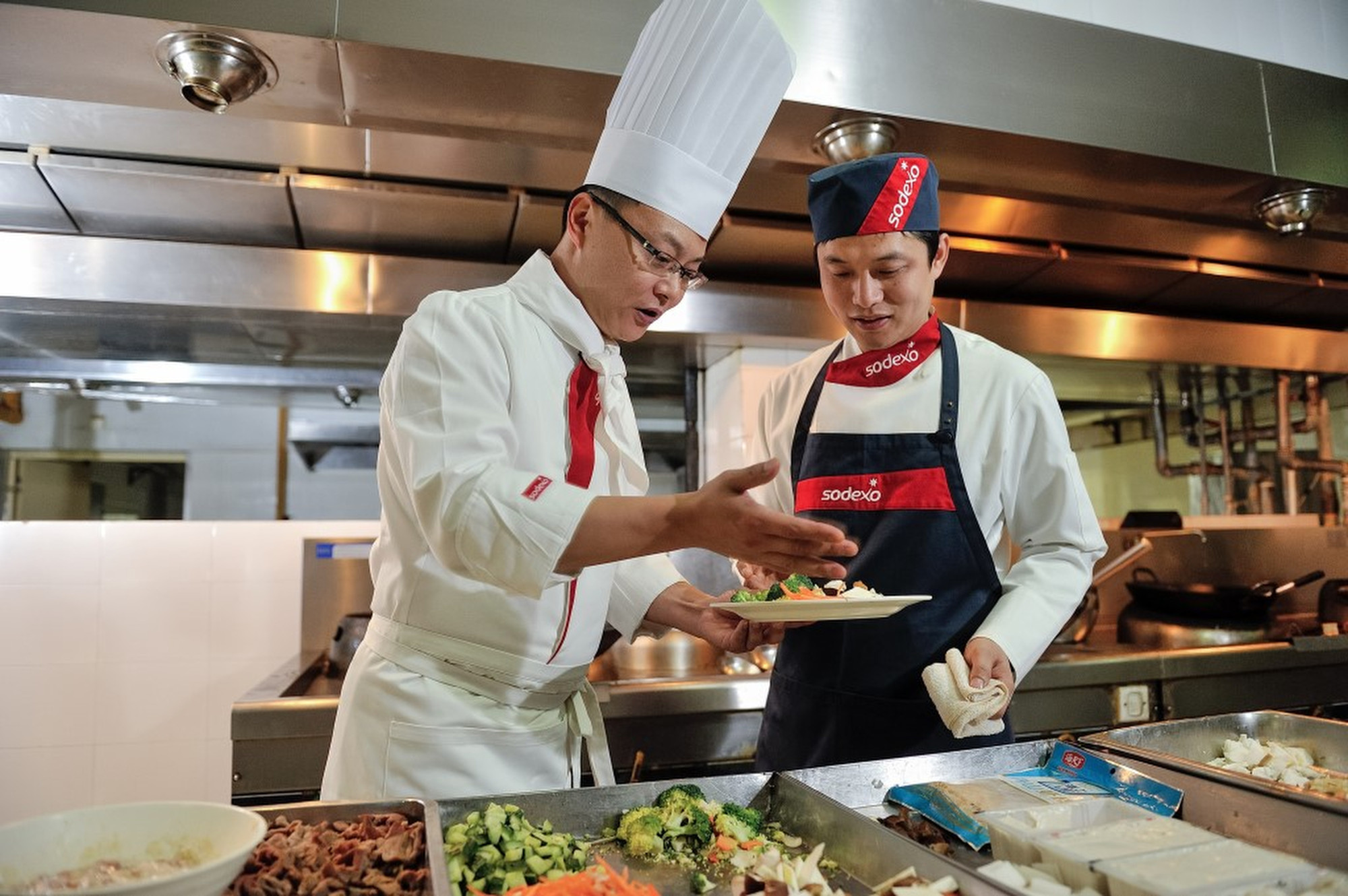
“The students might think, ‘Oh, there’s a lot more fish on the menu,’” he says. “And they just eat it. So there’s a lot of seasonality within those menus that students might not realise.”
One of the biggest complaints about school lunches is the price tag.
A Sodexo lunch can cost anywhere from HK$20 (US$2.60) to HK$70; Chartwells meals range from HK$32 to HK$40. Interestingly, it is the school, in some cases – not the provider – that determines the meal price students are charged, and the price the caterer then works with.
‘The right thing to do’: first zero-waste restaurant owner on not using bins
‘The right thing to do’: first zero-waste restaurant owner on not using bins
Lau says that manpower has been a struggle for Chartwells’ school lunch operations and that it has become more expensive than their food costs. It is difficult to find staff willing to work at schools in remote locations and deal with the pressure of serving large volumes of food within one or two hours, she says.
However, Copeland estimates that for Sodexo, roughly 65 per cent of the price goes towards the cost of food, with the remainder going to labour and logistical costs.
In the end, Lee believes that the price he was charged at HKIS was “pretty good for a meal in Hong Kong” and that while there are occasional misses, he’s satisfied with school lunches in general.
“We’re not always going to get it right,” Copeland says. “Sometimes we have off days, sometimes we don’t. But there’s a lot of love that goes into the preparation of that. Food is very subjective … and our role is to try and get more things right than wrong.”

